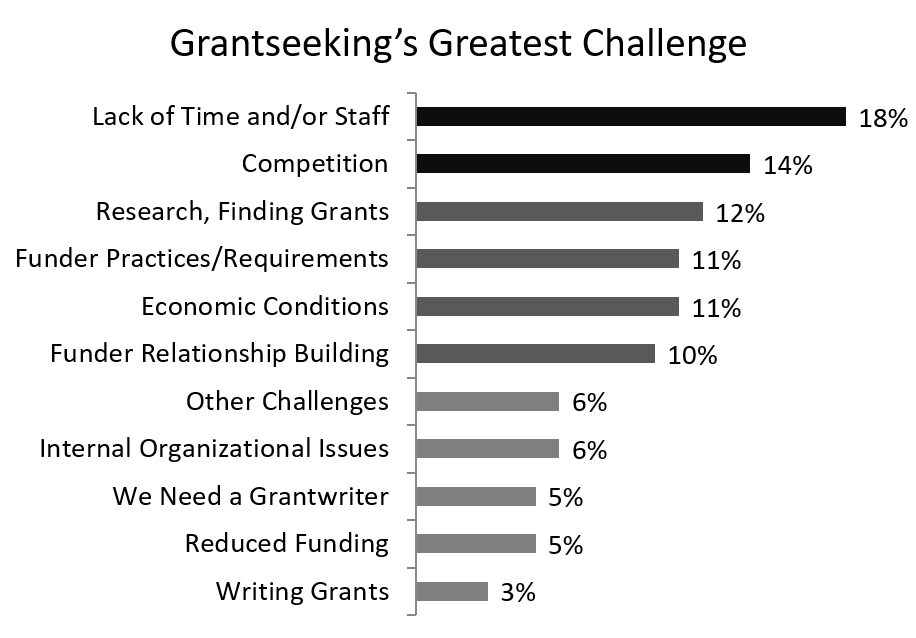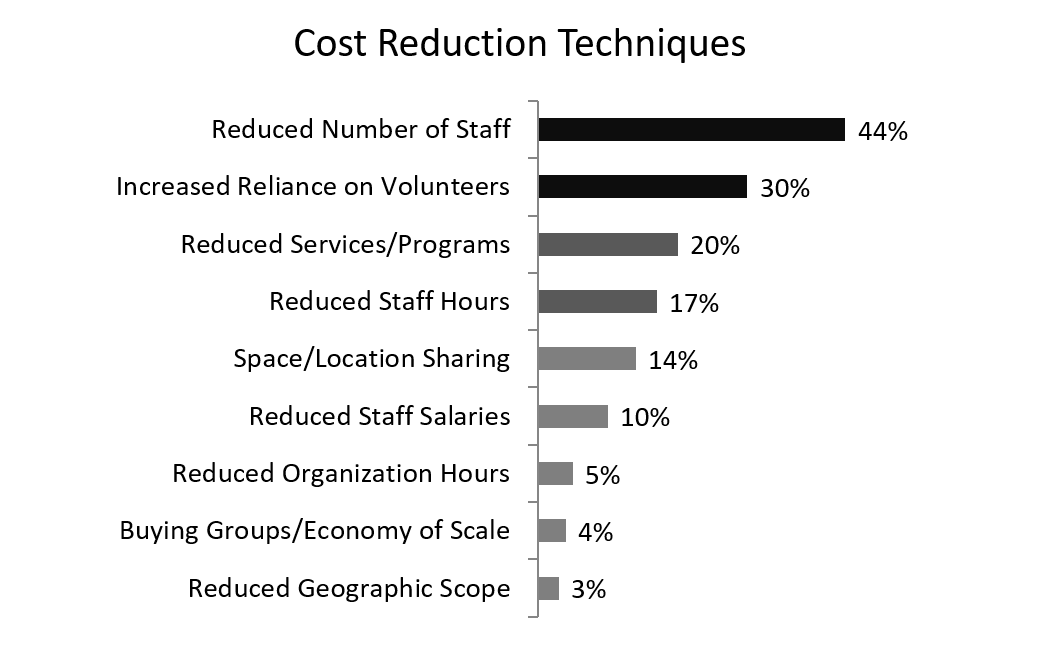
Each year within the State of Grantseeking Survey we ask, “What, in your opinion, is the greatest challenge to successful grantseeking?” followed by “Please tell us more about your organization's challenges to grantseeking.” This year respondent commentary on grantseeking challenges stretched to 371 pages. We at GrantStation regularly read the “slices of life from the boots on the ground” in their entirety—you help us to focus on providing services that matter.
And while I will talk about challenges, comments, and change gleaned from the Survey, this year was different. I was able to see, in real time, the way COVID-19 impacted grantseeking.
The Survey ran from mid-February to Match 31, 2020. On March 19, we saw the first mention of COVID-19 with the “other challenges” answer choice. By March 30, 74% of those respondents who chose “other” were referencing the pandemic as the greatest challenge to grantseeking. In only eleven days, we saw one random reference to the pandemic morph into three-quarters of the responses. The commentary referenced organization closures, uncertainty, fast changing funder priorities, food and product shortages, and long-term economic impact.
But the pandemic did not negate the other, more institutional, challenges facing grantseekers. The stark reality is that the issues faced by organizations will be exacerbated by the world-wide health crisis.

Once again, Survey respondents reported that grantseeking’s greatest challenges stem from the lack of time and staff for grantseeking activities (18%). This challenge relates to the most frequent techniques used by organizations to control costs.
Respondents were asked, “How did you reduce your indirect/administrative costs?” Forty-four percent reported that they had reduced indirect/administrative costs by eliminating staff, while 30% reported increased reliance on volunteer labor.

Controlling costs by eliminating staff often prevents organizations from successful grantseeking (which then results in throttled organizational growth and success).
Respondents shared their frustration with the fact that more responsibilities were placed on fewer staff members, resulting in little time to devote to grantseeking. This lack of time and staff increases the perception that funder practices are arduous and adds to the sense of disconnect between organizations and funders, the government, and the community as a whole. Many respondents across all focus areas stated that there was limited funding for their specific mission, and many respondents told us that there is a greater need for non-restricted funding, regardless of mission focus. Some respondents also referenced the changing political landscape and the proposed state and federal funding reductions and resulting confusion.
At GrantStation, the voices and thoughts of the respondents to the State of Granting Surveys are heard and respected. Every employee at GrantStation reads the commentary, with an eye toward developing new services (both paid and free), creating new content, and working to alleviate the pain so evident in many of the responses. You inspire us.
Not a GrantStation Member? There are many free public areas to the website, and you can sign up for the free weekly newsletter, the GrantStation Insider. Want to join GrantStation? Watch this short video to learn more.
Already a GrantStation Member? Make sure to log in and utilize the GrantStation databases to find funders for your organization. Remember, you can search through thousands of grant opportunities that are active and accepting proposals in the coming year.